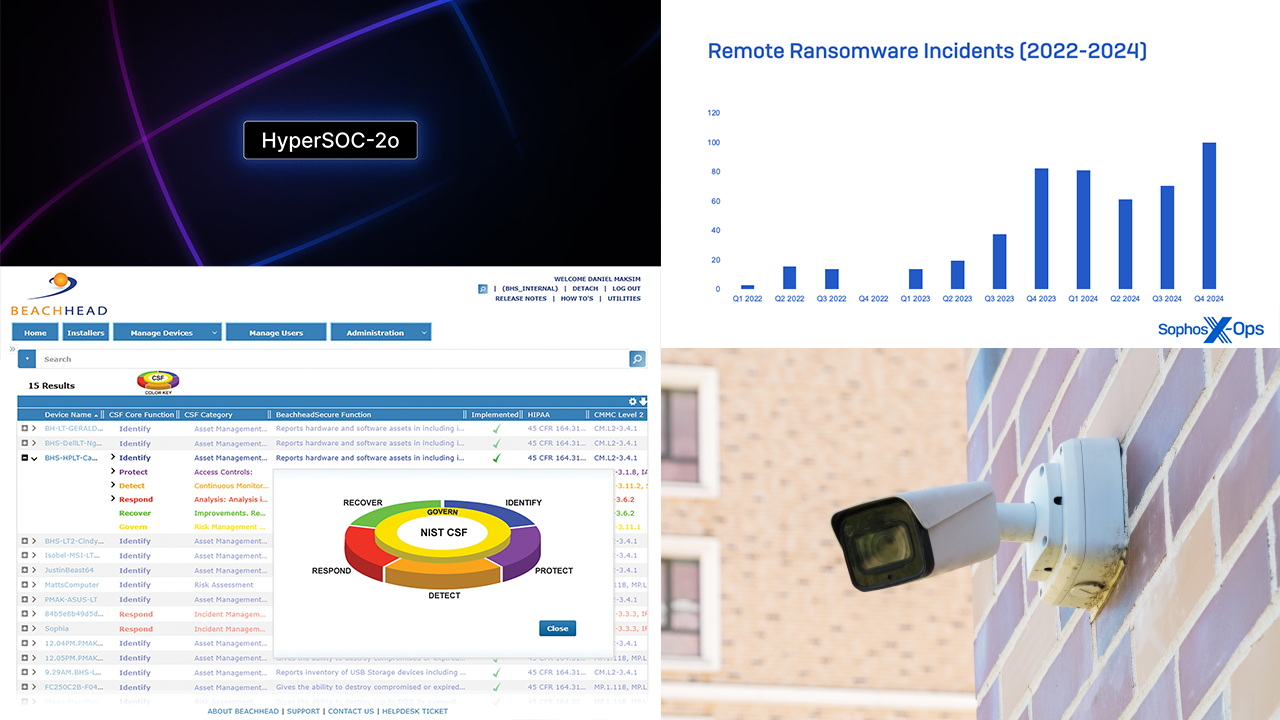Once upon a time, all professionals worked in an office. If and when they traveled, they checked in via a public telephone or a phone in a hotel room. Then came laptops, mobile phones, data networks, Wi-Fi, smartphones, videoconferencing, tablets, VPNs, SharePoint, IMs, and cloud computing. Today, “We live in an anywhere, anytime workplace and world,” states Catherine Morgan, founder of Point A to Point B Transitions Inc., a career consultancy based in Chicago.
To be sure, more and more businesses are going virtual. They’re adopting an array of tools to foster greater collaboration and communication among workers – who spend larger chunks of time working from the road, telecommuting, or tackling tasks from a home office. Of course, introducing mobile technology doesn’t always translate into people using it effectively. Today’s virtual workplace requires different skills and processes.
“Technology is the enabler, but people are the key to success or failure,” observes Trina Hoefling, founder of Denver-area business consulting firm GroupOne Solutions LLC and author of Working Virtually: Managing People for Successful Virtual Teams and Organizations. How can a firm synchronize tools, technologies, and business processes to produce maximum results? What’s required to boost cooperation among virtual workers and teams? And can managers know that employees are getting work done? “The virtual workplace requires a different mindset and approach,” Hoefling explains.
BEYOND THE LAPTOP
Although different people define the virtual organization in different ways, at the most basic level it’s an environment in which people work together and connect using digital tools. “You can have a virtual team that collaborates on a local basis or across the world,” notes Kimball Fisher, co-founder of The Fisher Group Inc., a business consultancy based in Portland, Ore.
The process begins with an understanding of the business and how it can benefit from a virtual approach. Although smartphones, tablets, email, IM, social media tools, videoconferencing, collaboration spaces, and clouds serve as the foundation for virtual work, Fisher says it’s all about using the right tools in the right situation. The goal is to simplify exchanges and build a real-time workplace. “The idea is to work faster and better from any location at any time.”
Of course, that’s often easier said than done. “Human beings are hardwired for face-to-face interaction. When people can’t read each other’s cues and cannot get a sense of what people are feeling, it becomes a lot more difficult to be effective,” Fisher points out. “In a virtual environment you open the door to a greater number of miscommunications and misunderstandings.”
Although many tasks can take place using email, Web-based applications and collaborative workspaces that rely on Web conferencing technology for face-to-face meetings are sometimes essential, Hoefling says. In some cases, people need the opportunity to bond as a team or the collective energy and problem-solving capabilities of a live group. “When people know each other, especially in a work environment, there are clear advantages,” she says.
Morgan says that Skype, FaceTime, and Google have transformed communication over the last few years. Today, as more and more organizations take a Bring Your Own Device (BYOD) approach, workers are turning to video chat and IM on their own. They’re also relying on social media tools and other ad hoc services to get their work done, whether they’re at home or waiting for their son or daughter to finish soccer practice. The key, she says, is to have standard tools in place and develop guidelines for use.
MAKING CONNECTIONS COUNT
A significant point to keep in mind, Morgan says, is that the virtual office remaps job schedules and working hours. An employee who doesn’t have the green light displayed on an IM app or an “available” status on Skype at 10 a.m. isn’t necessarily slacking. “People could be holding meetings in the evening or they could be working from 4 p.m. until midnight. You can’t use the typical 9-to-5 mentality to define the virtual office,” she says.
In fact, virtual work demands a performance-based approach. This means establishing criteria and metrics for what individuals must accomplish – and aligning tasks with organizational goals and objectives. Consequently, a virtual office requires an executive to oversee things – essentially someone to play the role of a conductor for an orchestra – along with project managers who can keep teams on target and minimize misunderstandings and meltdowns.
Developing guidelines for behavior and etiquette is critical. For example, Morgan says employees should understand that when an email conversation gets heated or contentious, it’s probably wise to pick up the phone or use a video chat service such as Skype or FaceTime to smooth things over. It’s also wise to provide tips on how to use electronic media. For instance, an organization might enact an anti-scroll rule for email. The thinking is: “If you have to scroll on a message it’s unacceptably long,” Fisher says. Or, if it takes more than three messages to resolve an issue, it’s time to pick up the phone.
Fisher says that employees must not mistake their own preferences for the best way to get things done. For example, younger workers might prefer instant messaging and video chat while older workers might lean toward email. “People need to understand that there is no one best way,” he says. “People need to accept the way other people work and an organization must understand what works best for the business and within the culture – sometimes for different situations.”
In the end, Hoefling says that success spins a tight orbit around good communication skills and clearly defined work habits. Even the most connected organization with state-of-the-art tools can’t succeed without a framework for behavior and interactions. Workers need to know what’s expected of them but also how to put the tools to maximum use. They must receive training so they know how to function in virtual environments but also receive support along the way. She adds, “Organizations must have a strategy and a mindset that revolves around using digital tools to maximum advantage.”












